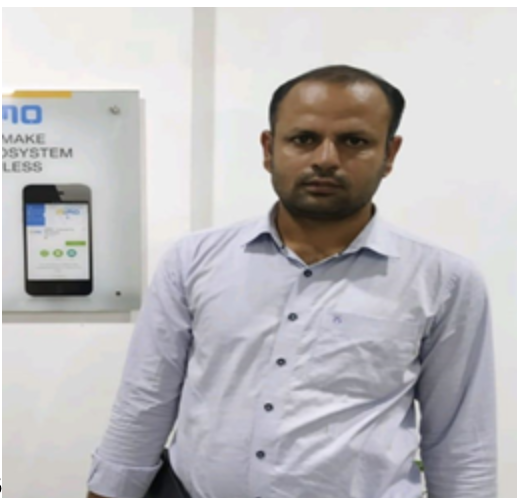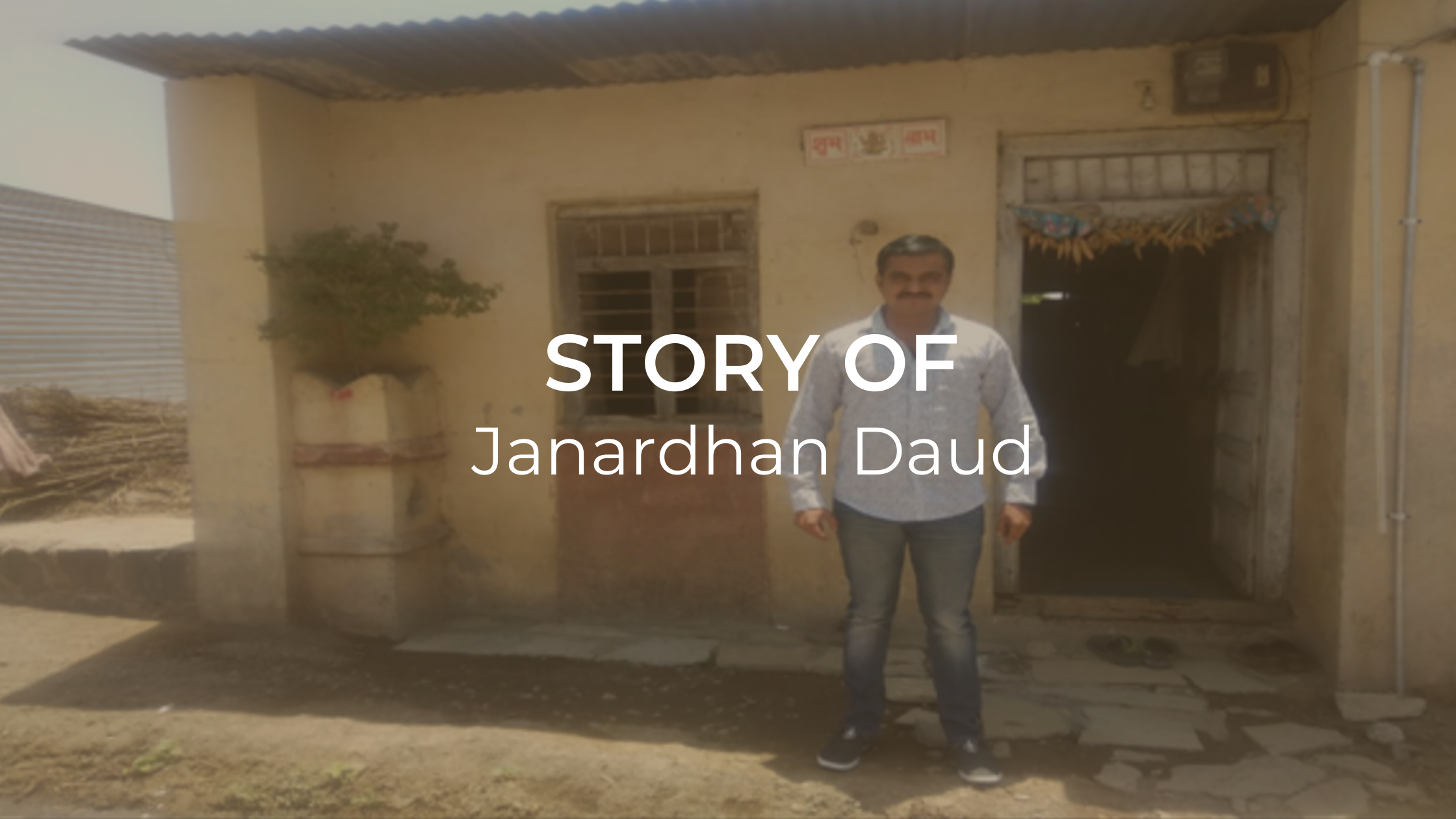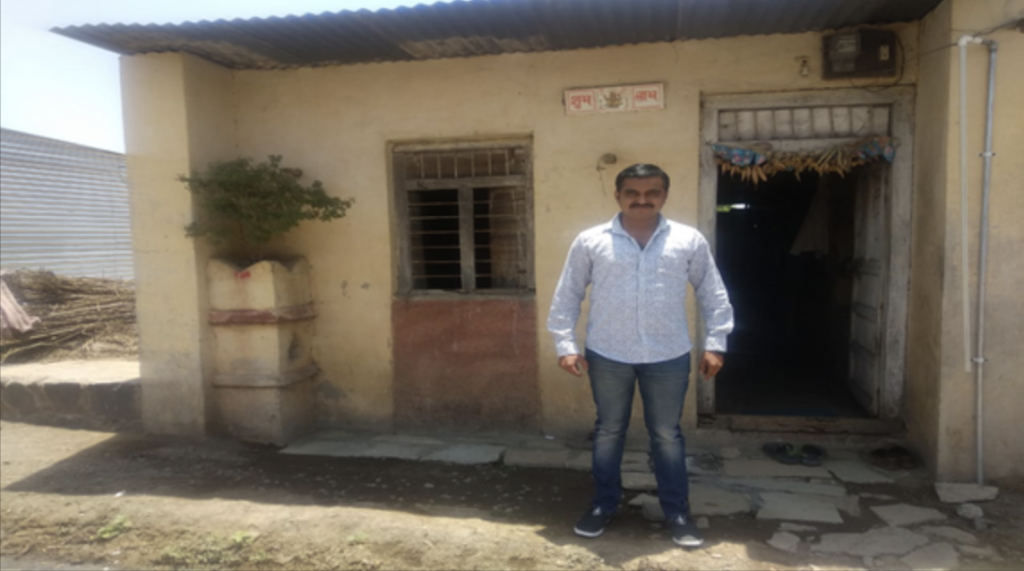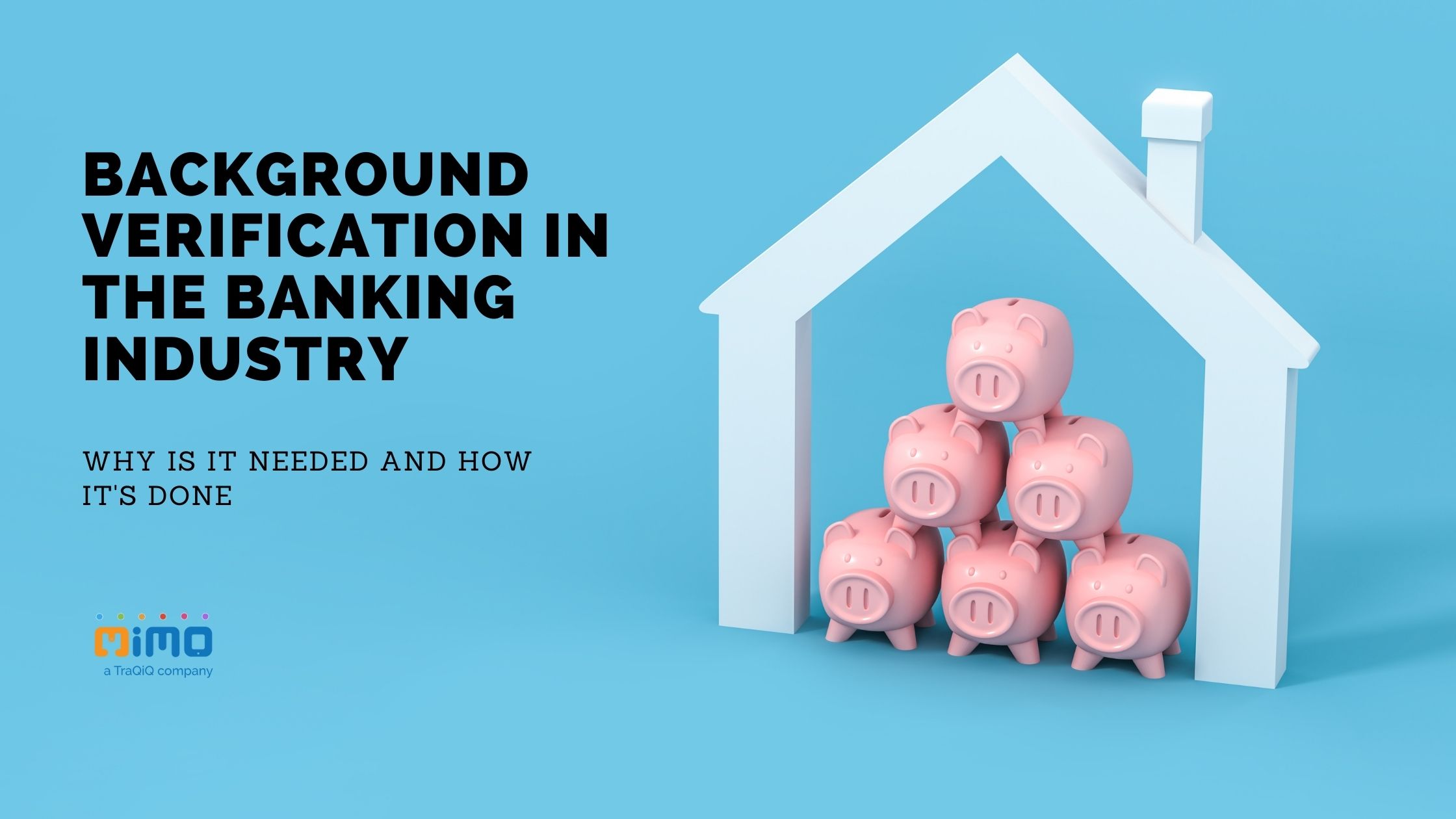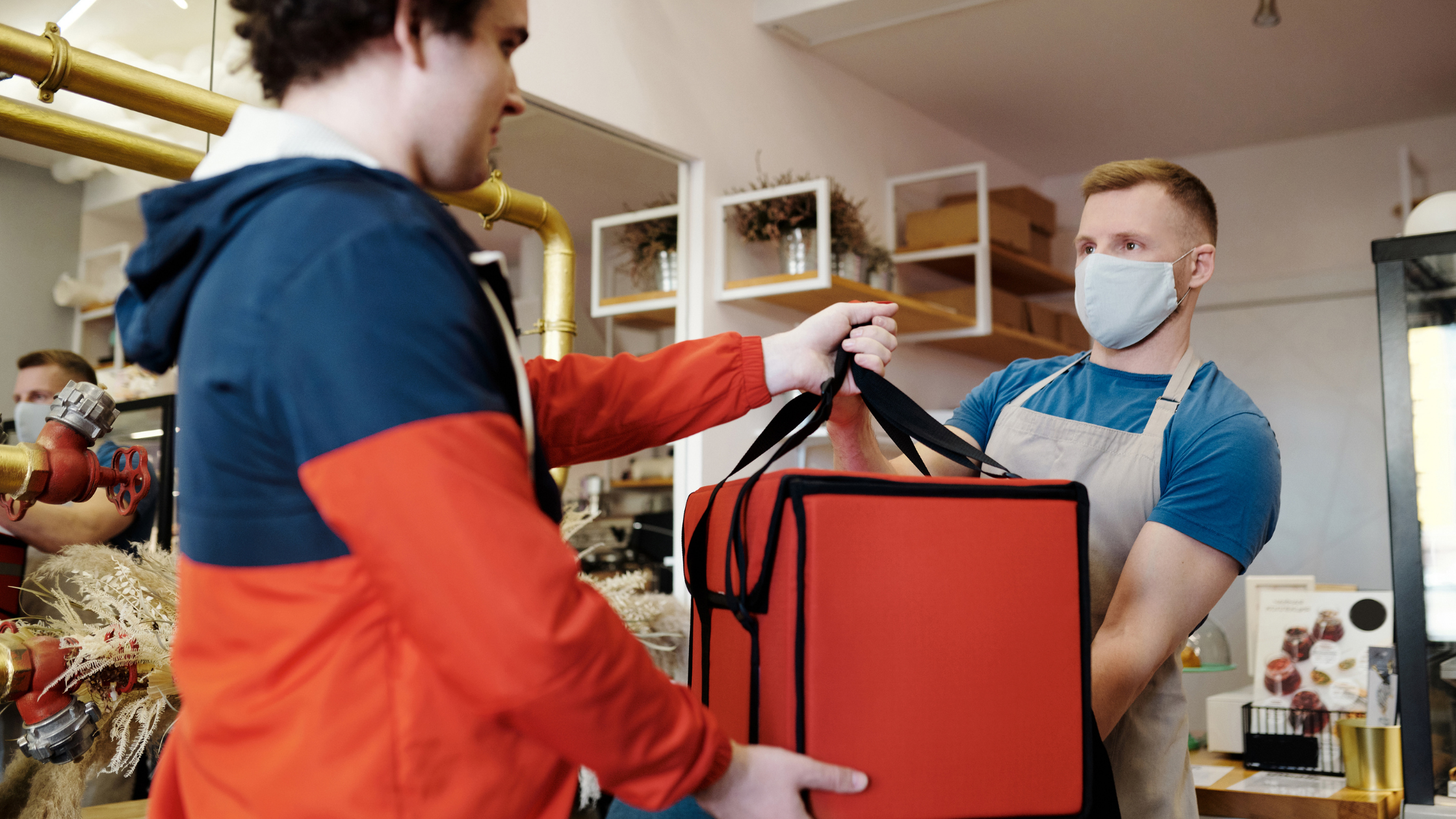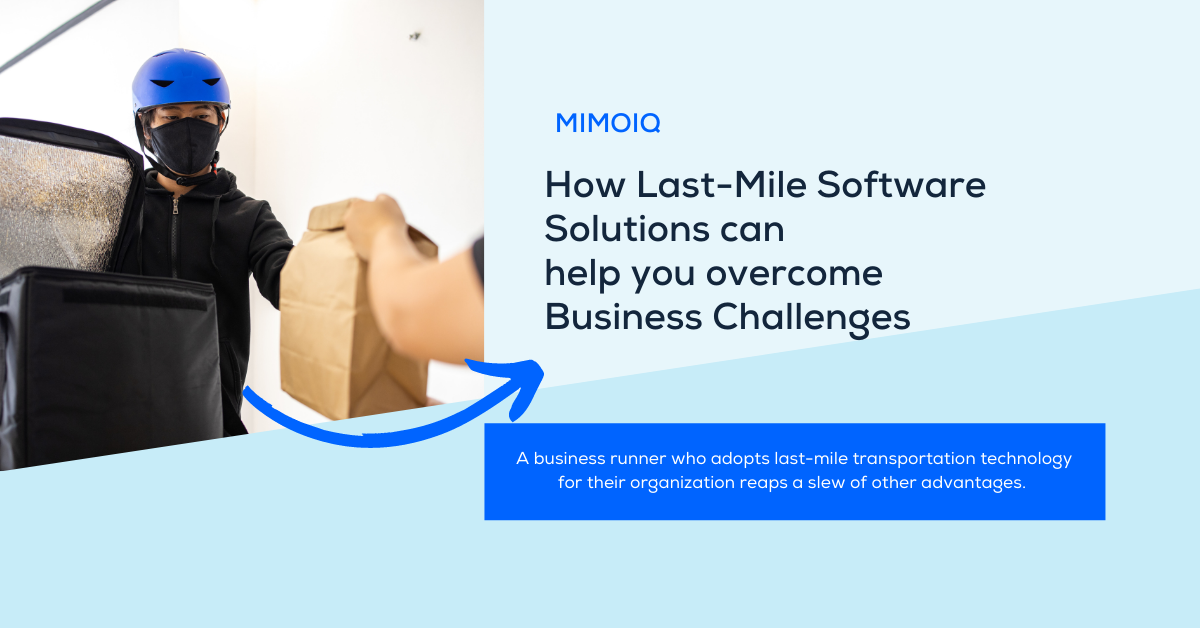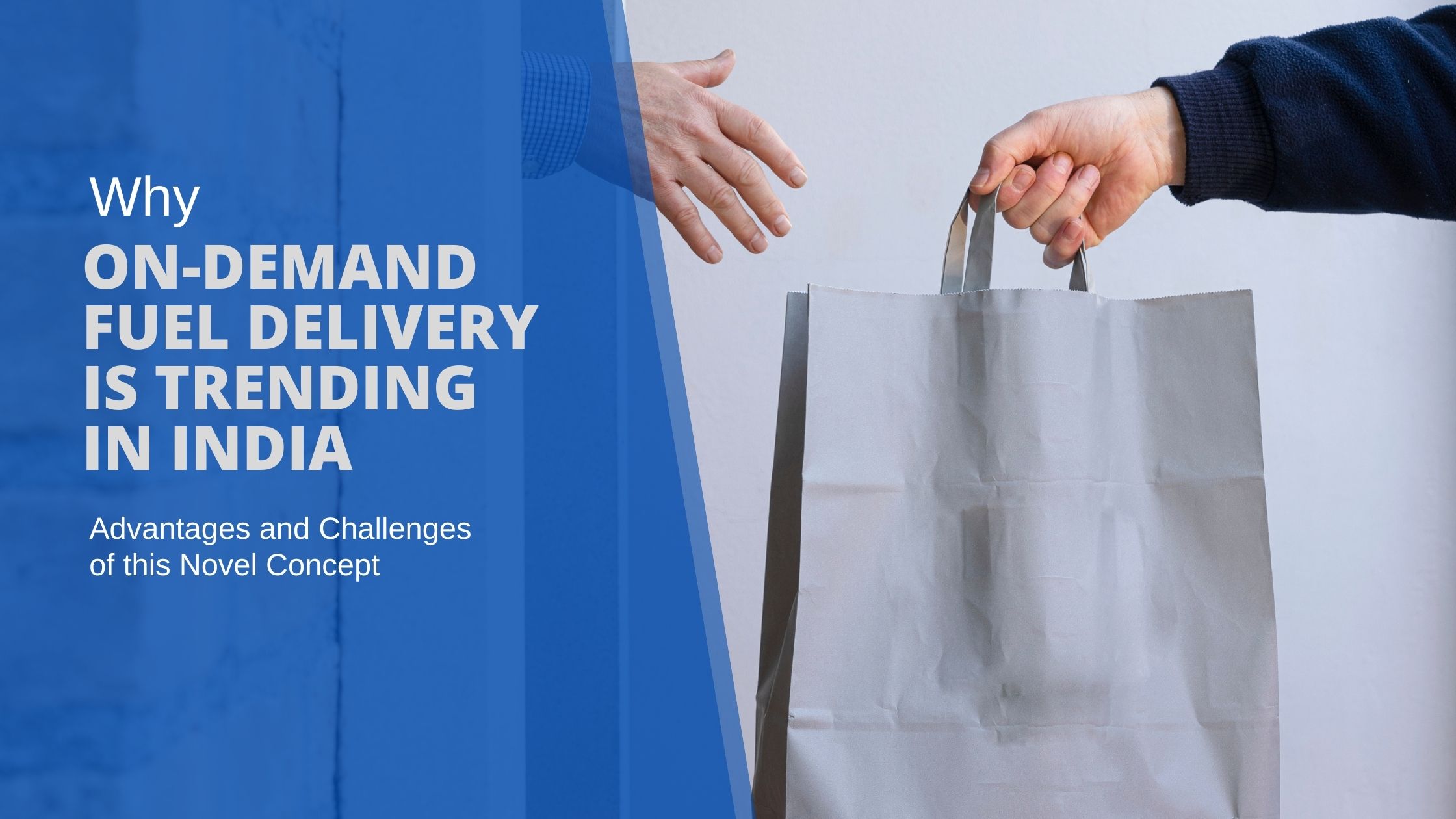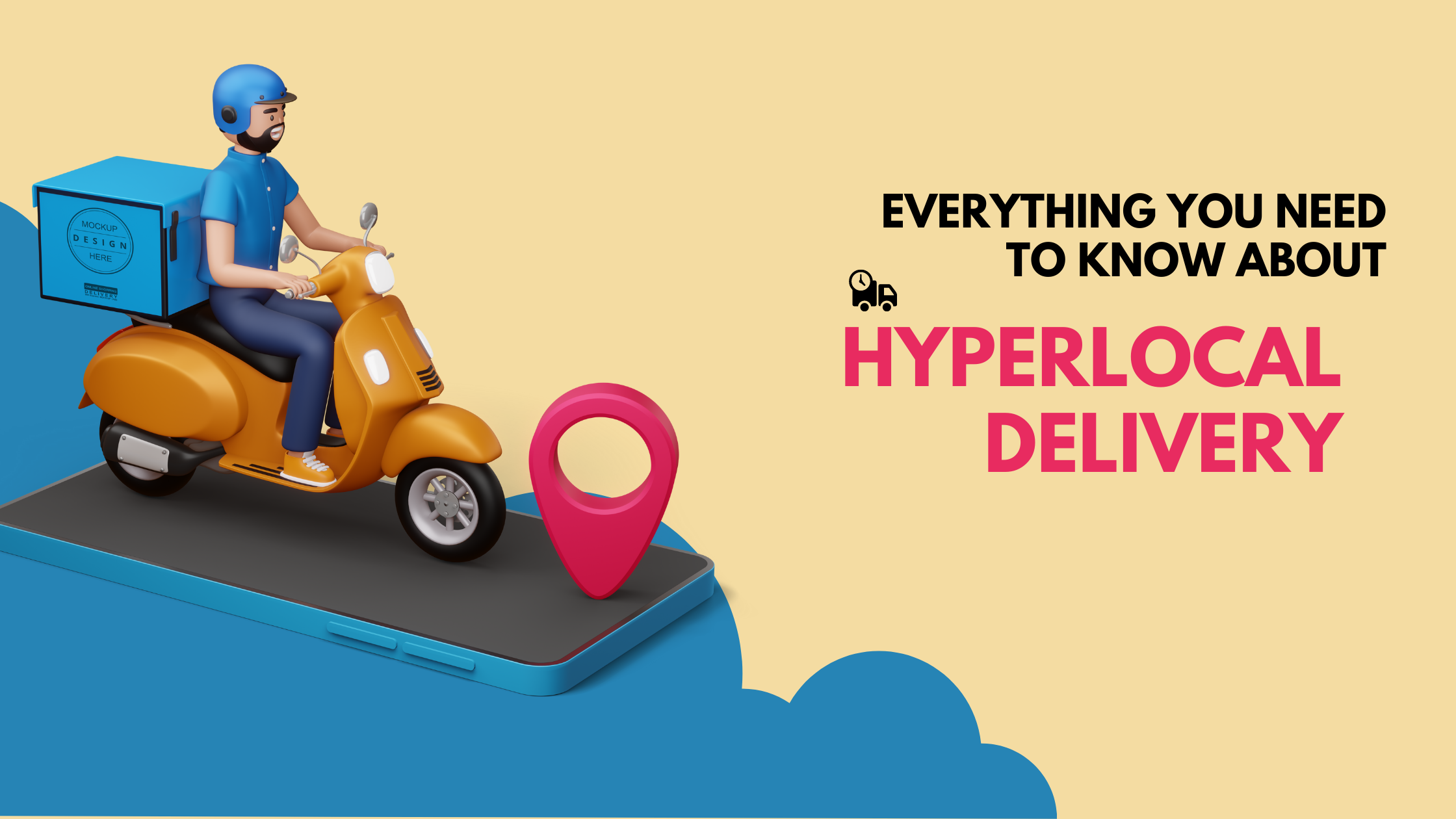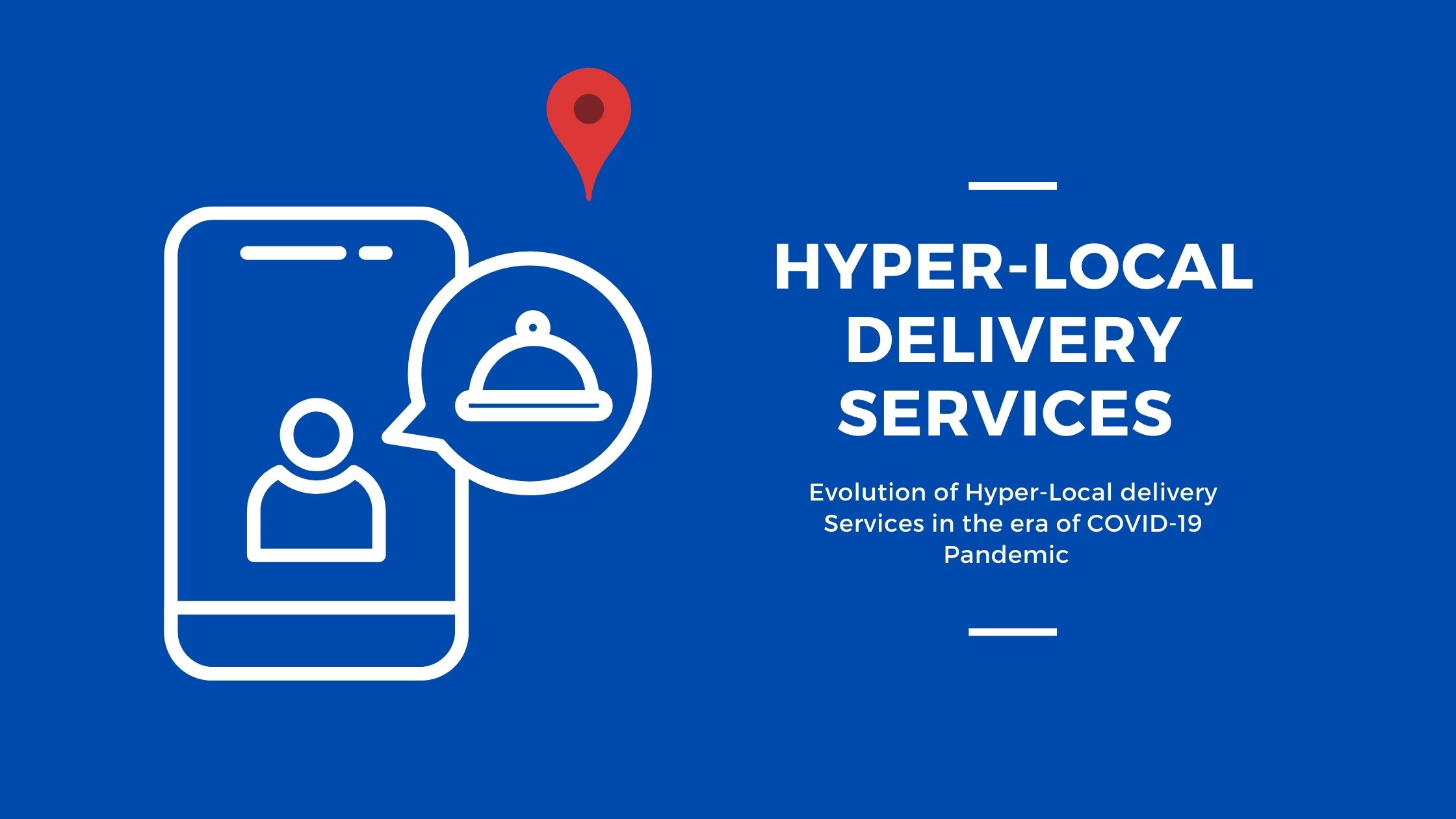Mohammad Uvaish belongs to a very small village of Fatehgarh, Bhopal. His family was into farming and along with his mother, he supported his father throughout. As he was the only son, his family saved some money from their farming business to provide him with a good education. But due to low family income, he had to quit schooling at an early age of 14, and hence could not even complete his high school. He resumed his family legacy of farming and continued with it.
Years passed, and once again from their savings, Uvaish’s father let him continue his studies. Uvaish left his village and somehow completed his graduation in BA. Besides that he also pursued a Diploma in Mechanical Engineering.
His education helped him in getting a job in Internet Broadband Connections agency. The earnings from there weren’t much and he was unable to spend on his living properly. With those little earnings he had to sustain his family and himself. The situation was not pleasant for him as his expenditure was more compared to his earnings , and the fact that he has to run a family too , made the situation even worse. He was living with a hope that someday he might get an opportunity to earn well for his family.
The golden time came for Uvaish when someone from the MIMO team contacted him, who got to know about him from the agency where he worked earlier. It was that golden opportunity for Uvaish which was about to change his life. The MIMO executive explained to him about MIMO, its services and how MIMO is the right platform for him that can bring multiple opportunities to earn extra income. Uvaish did not waste any time and grabbed this opportunity by joining MIMO as a Field Officer. He was excited about this new opportunity and it paid him off well.
He started doing tasks sincerely given by MIMO in the pin codes he chose to serve. He started earning Rs 1500 to 2000 initially and in a few months he doubled it with his hard work and dedication, now he is earning around Rs 15,000 per month and is continuously working towards increasing it further. He even helped many of his friends by recommending them to join MIMO, and today they all are actively working as Field Officers with MIMO. By the end of the year 2019, he expanded his coverage areas and created his own Field Officers network and became a MIMO Franchisee. He also recalls his old job where there was no job security and long working hours on a daily basis and now in MIMO he is able to earn a good income by just investing 4 to 5 hours every day.
He flourished and expanded to many locations near Bhopal to reach maximum pin codes to serve.
“MIMO has been a game-changer for me, it didn’t only provide an extra source of income but also helped me enhance my communication skills, leadership skills and management skills. It really grooms you and makes you a better personality indeed” says Uvaish. With MIMO’s flexible working hours he gets to spend plenty of time with his family and at times even helps his father in farming.
This journey of Uvaish is a motivation for all those who are looking for an opportunity to earn that extra income to improve their lifestyle. Life being a constant learning. This is clearly the case with Uvaish – his thirst for learning has brought him places.


